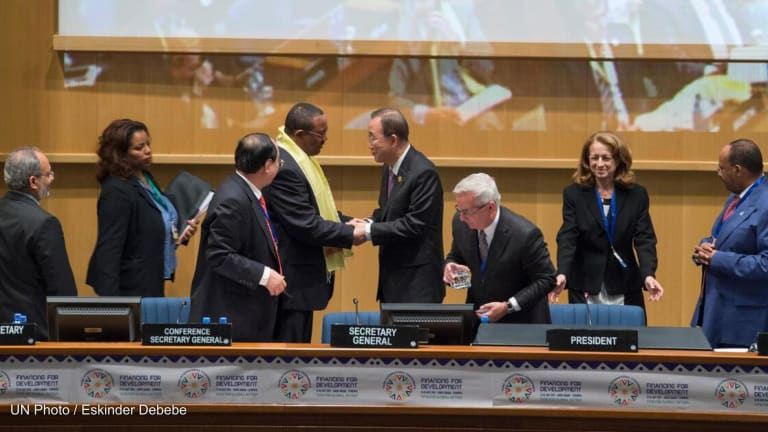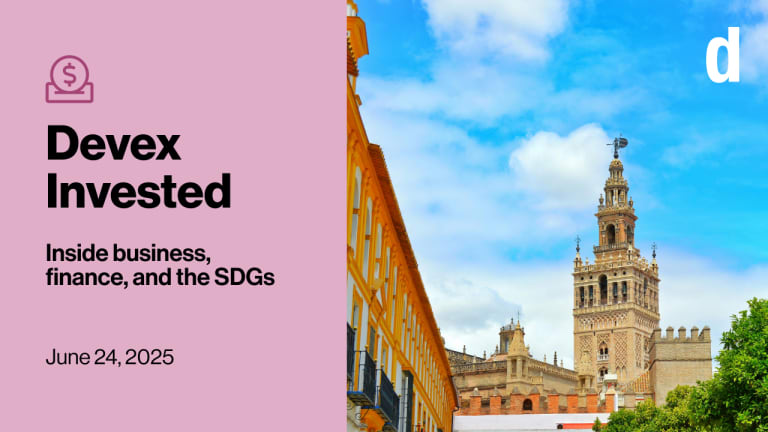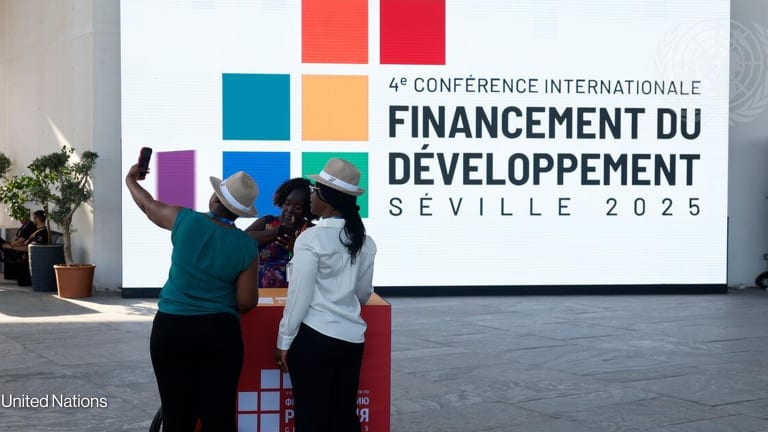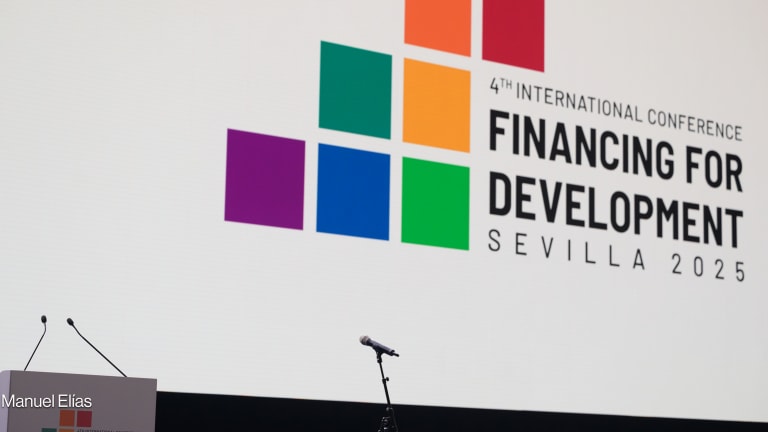In July 2015, we saw fresh impetus for global development — the so-called Addis Agenda on financing sustainable development. The challenge kept growing through the year, with a flagship target to eradicate extreme poverty by 2030 and a raft of other sustainability goals agreed in September, and the Paris climate agreement in December 2015 to boot.
Given the costs of achieving these goals — $4.5 trillion by one estimate — the private sector will be key. In fact the Addis Agenda calls on the private sector 18 times in 134 paragraphs, including specific references to development finance institutions like the U.K.’s CDC.
“To achieve the goals,” says Erik Solheim, now head of the U.N. Environment Program and ex-chair of the Organization for Economic Cooperation and Development’s Development Assistance Committee, “countries need finance: they need tax receipts, private investment and official development assistance. Although they can’t do it alone, DFIs can help in all of these; through mobilizing ODA, and encouraging commercial investment by helping to build the private sector in developing countries.”




